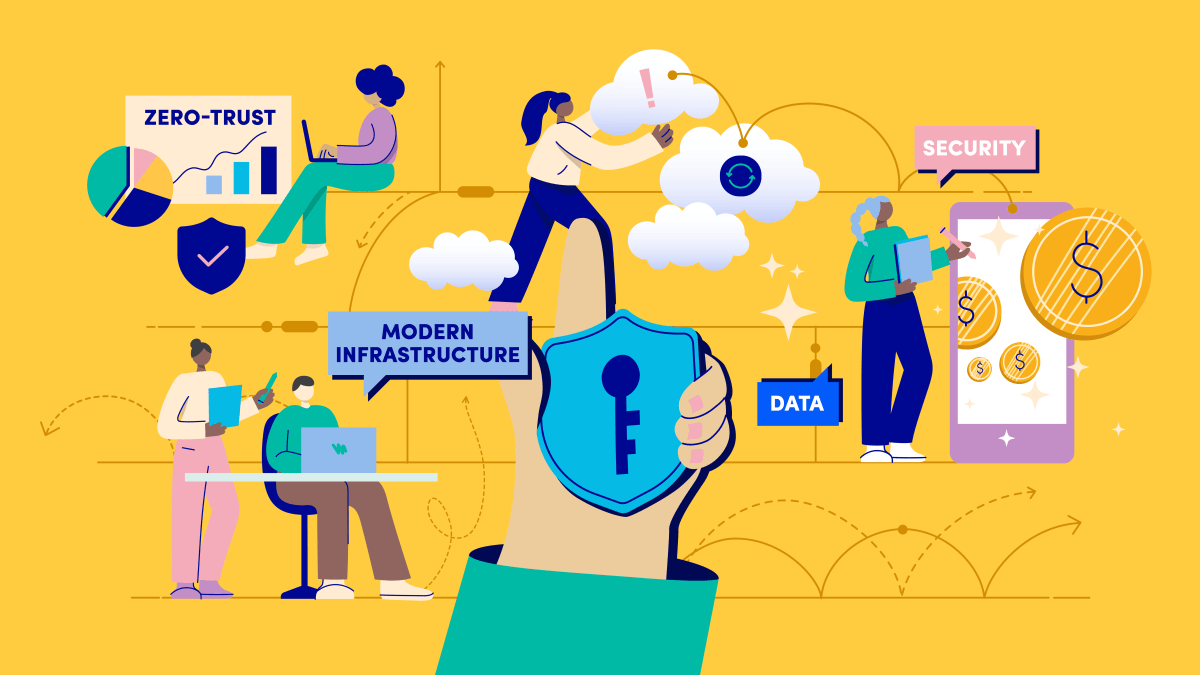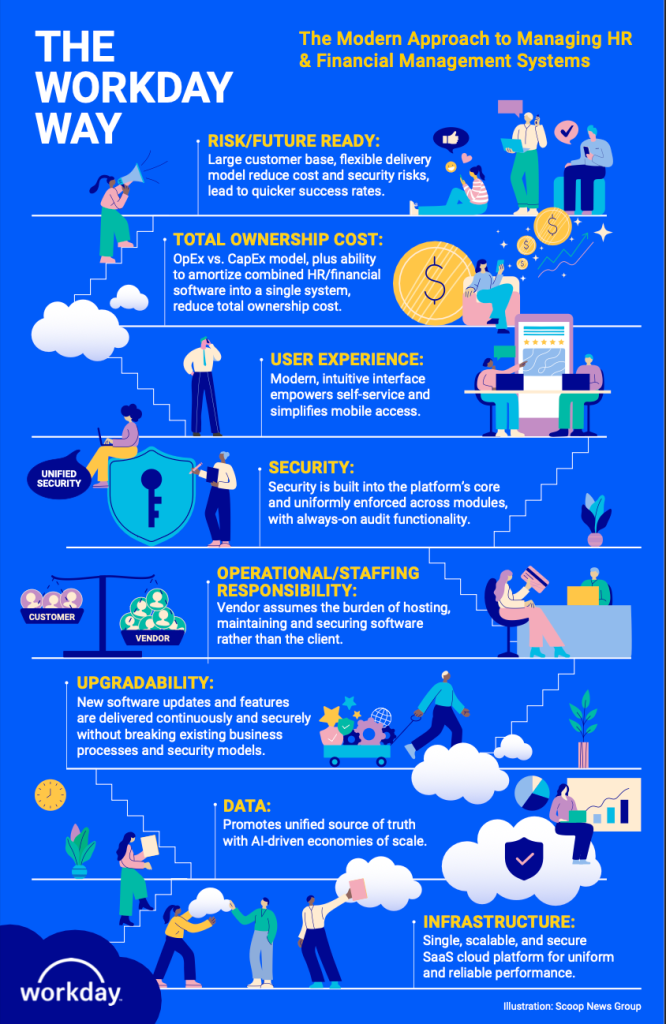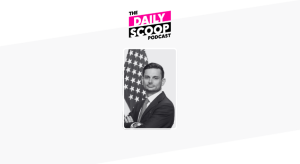- Sponsored
- Sponsored Content
A new way forward: SaaS as a zero-trust enabler

For too long, many federal agencies have relied on outdated HR and financial management systems stitched together over decades. While these systems may feel familiar, their complexity creates serious vulnerabilities and operational strain. As the White House mandates the implementation of zero-trust architectures, it’s clear that clinging to these legacy models only increases risk and cost.
Fortunately, a new approach is emerging that treats security not as an add-on but as a foundational principle. By adopting software-as-a-service (SaaS) platforms like Workday, agencies can build zero trust into the core of their operations, rather than layering controls over fragile, siloed systems.
From fragmented to foundational security

The old model of government IT is defined by fragmentation. Systems are often a mix of custom-built and on-premises applications with complex integrations that break with every upgrade. Security is usually layered afterwards, with controls that add more complexity than protection. This approach contradicts the zero-trust principle of “never trust, always verify.” The result is a high-cost, high-risk environment that leaves agencies constantly reacting to threats instead of focusing on their mission.
Adopting a modern SaaS platform flips this equation. Security is not an add-on; it’s a foundational principle. These platforms unify HR and financial management under a single, role-based security model. Access is tied to an employee’s organizational role, automatically shifting as they move within the agency. This granular, automated control is the essence of zero trust, dramatically reducing the risk of over-privileged accounts and insider threats.
Lower costs, greater agility
Beyond security, SaaS delivers significant operational advantages. Hosting, maintenance and security become the vendor’s responsibility, allowing agencies to reallocate scarce IT staff to higher-value work. This shift from a capital-intensive, custom-built model to an operational-expense SaaS model reduces long-term costs by eliminating redundant licenses and expensive upgrades.
Agencies also gain the ability to innovate securely and continuously. Unlike legacy systems that require disruptive upgrades, a modern SaaS provider automatically delivers new features, security patches and regulatory updates. Agencies benefit from innovations delivered to the entire customer base — from improved reporting to AI-driven insights — without the delays of manual coding or disruptive overhauls. This ensures agencies can respond to evolving mission demands while remaining compliant with federal mandates.
A call to action
The path to zero trust requires more than policy; it demands modern infrastructure. Federal leaders should reevaluate their HR and financial management systems through a lens that clearly views total cost, security and mission-readiness. By adopting SaaS models that support those elements, agencies gain the agility to respond to workforce changes, evolving compliance requirements and emerging threats.
Equally important, leaders must recognize that SaaS is not about relinquishing control. Agencies remain the stewards of their data — they are the “data controller” — while vendors act as the processor, facilitating secure transactions within the platform. This shared responsibility model allows agencies to maintain ownership while benefiting from the vendor’s scale and expertise.
Additionally, transitioning to SaaS doesn’t have to be overwhelming. Partners like Workday, whose SaaS products are FedRAMP-moderate certified and continuously updated with leading security practices, provide agencies with a secure, unified HR and financial management foundation. By shouldering the operational load, these partners accelerate time to value and fill critical staffing gaps that agencies would otherwise face alone.
With the federal government’s deadline for zero-trust implementation approaching, the stakes are high. Agencies cannot afford to remain locked into outdated systems that drain budgets and expand attack surfaces. Embracing SaaS is not simply a technology upgrade; it’s a strategic move that strengthens security, improves agility and ensures taxpayer dollars are spent on mission outcomes rather than system maintenance.
The choice is clear: continue struggling with the risks and costs of the old way, or embrace the modern, secure, and efficient SaaS model that enables zero trust by design.
James Herubin is Senior Enterprise Architect, Federal Market, at Workday.
Learn more about how Workday Government Cloud helps agencies enhance the employee experience for government workers while adhering to strict security and compliance standards.






